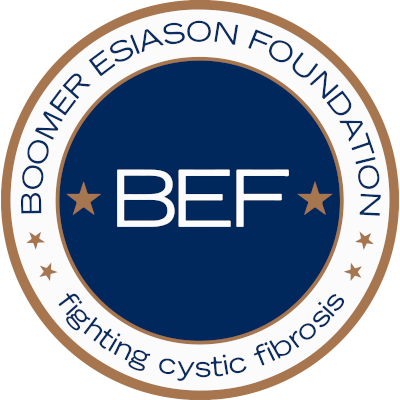by Mary Ann Rinkleff
When Jerry Cahill’s medical team tried to activate him on the lung transplant waiting list more than a year ago, he refused.
Cahill, 55, already had been on the list for more than a decade, added to it back when patients were assigned a number and received a transplant when that number finally came up – if they survived that long. Later, the organ distribution policy was changed so the sickest patients received priority. But by then, Cahill had decided he just wasn’t going to let himself get to that point.
“I stayed on the list when the policy changed, but I was never activated,” Cahill said. “I would get sick, but then I would always bounce back.”
‘I felt like I could fight it more’
Diagnosed with cystic fibrosis in 1967 at the age of 11 and told he wouldn’t live past his teen years, Cahill has beaten the odds for more than four decades.
 So his doctors weren’t surprised when they tried again to activate him early in 2011, and Cahill said no way. “I just felt like I could fight it more,” he said. “I wasn’t at the point where I wanted to surrender, so I exercised more and got better.”
So his doctors weren’t surprised when they tried again to activate him early in 2011, and Cahill said no way. “I just felt like I could fight it more,” he said. “I wasn’t at the point where I wanted to surrender, so I exercised more and got better.”
The improvement didn’t last, however, and in March of last year, Cahill was activated on the transplant list at NewYork-Presbyterian Hospital/Columbia University Medical Center. Still, he was not as the top of the waiting list, as his FEVs — the results of a test which indicates how well medium and large airways are functioning — were “decent.”
By June 2011, Cahill’s FEVs had dropped, but due to a variety of factors, he still was number eight on the list. Then, last August, when he was forced to take antibiotics intravenously on a regular basis, his team decided it was time he “double-listed,” or get placed on the list at a second transplant center.
So on January 3, 2012, Cahill was listed at the University of Pennsylvania’s Penn Transplant Institute in Philadelphia.
Over the next four months, Cahill received five calls about possible transplants. All the calls came from New York-Presbyterian; he never received a call from Penn. Three were “dry runs,” where donor lungs became available, the match looked good on paper, but for a variety of reasons, the transplant team decided the lungs aren’t viable. Another was determined to be a poor match early on because the lungs were “high risk.” And one, finally, was the real thing.
A Series of Dry Runs
In February came the first dry run. Cahill went to the hospital with his mother, brother, sister and a friend.
“I was very calm about the whole thing,” Cahill said. “I had been on the list for so long and was always fighting it and always beating the odds … the fact that this was going to happen went on the back burner and eventually just became an everyday thing,” he explained, adding he “never worried about it.”
The donated lungs looked good on paper, but Cahill said “it took a while to find out that it wasn’t going to happen because only one lung was good enough.” So he and his family returned home to wait for the next call.
 After the second dry run, in March, Cahill realized the transplant could happen any day and that he “needed to get things organized and in place.” He was sick – on IV antibiotics and oxygen – but he asked that his activated status be put on hold for a week while he took care of paperwork and other plans he wanted to deal with before the transplant.
After the second dry run, in March, Cahill realized the transplant could happen any day and that he “needed to get things organized and in place.” He was sick – on IV antibiotics and oxygen – but he asked that his activated status be put on hold for a week while he took care of paperwork and other plans he wanted to deal with before the transplant.
Cahill, who for many years has coached pole vaulters at Iona Preparatory School in New Rochelle, N.Y., said he was most concerned about missing the state track meet. “I was worried about not being there for them, so I got a former coach set up to take over if I got the call,” he said. In the end, he was able to watch one of his athletes win the state meet and take eighth in nationals.
“The dry runs became a pain, but I was really happy to be able to stay involved with the pole vaulters through the end of the season,” Cahill said.
